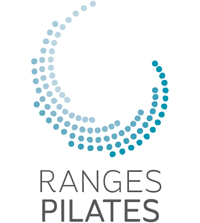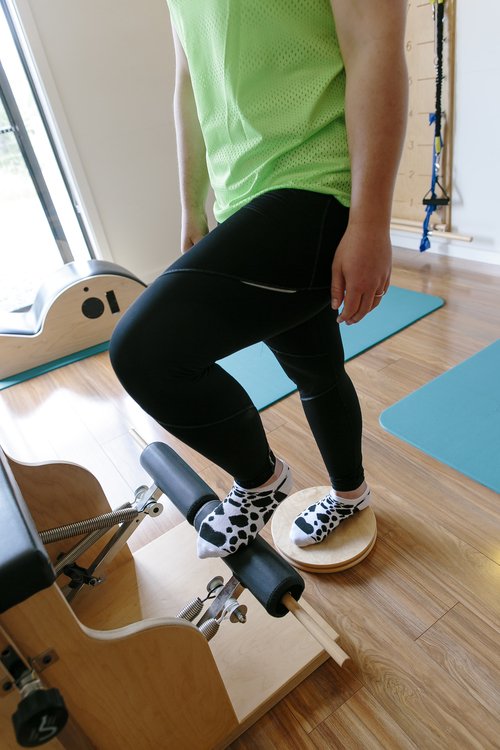Pilates for skiers and snowboarders
Pilates can assist in getting the most out of your next skiing or snowboarding trip and help prevent injuries. The stronger and fitter you are the less likely you are to be injured. Knees are the most commonly injured joint skiing, but while snowboarding is kinder to the knees - wrist, shoulder and head injuries are more common. Other injuries you can get on the snow are with hands, elbow, shoulders, and ankles including fractures.
Making sure you have sufficient leg strength is important with exercises such as double and single leg squats. Most people focus on strengthening the muscles at the front of the thighs, the quadriceps, but vital is also to have sufficient strength and stamina in the hamstrings at the back on the thigh, the glutes, muscles of the hips and the inner thighs. As well as ensuring these are strong these muscle groups should also be flexible.
The hamstring at the back of the thigh play a large role in protecting the knee joint in particular the ACL (Anterior Cruciate Ligament). The hamstring and quadriceps co-ordinate to control knee stability and if one muscle group fatigues before another and knee is less stable than it should be, but also leaving the skier more likely to fall or twist, including a backward fall, straining the knee.
The glutes, in particular Gluteus Maximus, work with the quadriceps and hamstrings to hold the sustained squat position while skiing. The smaller but no less important Gluteus Medius muscles control the position of the knee. If this muscle is weak the knees will want to rotate in, making it difficult to control the position of the skis with them also tending to turn in. This can potentially strain the medial or inside structures of the knee including the Medial Meniscus and the Medial Collateral Ligament.
These gluteal muscles of the hip support the pelvic which in turn also supports the lower back. Without strong hip muscles the back muscles will fatigue and it will be more difficult to support your ideal neutral spine. And to balance these hip muscles it’s also important to strengthen the inner thighs which also control the position of the skis. Nothing worse than getting caught with the skis getting too far apart! So you can see how all the muscles must be balanced in their strength and flexibility. Just doing squats is not going to be enough.
In Pilates we work all the stabilising muscles in the body, so as well as the legs we also work the deep muscles of the spine, abdomen and pelvis, most commonly known as the core. We also focus on breathing, which has a very close relationship with how you move and utilise your core. The core muscles of the torso assist in maintain control and balance. Core strengthening is not just crunches, sits ups and planks. Dynamic core Pilates exercises are ideal to build the stamina and control required for both snowboarding and skiing. Keeping the torso relatively upright and not slumping helps keep the back not getting fatigued, so flexibility in spine is very useful.
The most common time people get injured skiing or snowboarding is after 3.00pm on day 3 when your muscles are tired and have not had a chance to recover. So read your body, if you are getting tired and muscles sore take a break, have a rest. Warm up with some squats and lunges at the beginning of your day, and stretch after skiing or snowboarding.
Your pre-trip training should also focus on cardio fitness such as cycling, running, swimming and in the Pilates Studio Jump Board. The muscle strengthening should include work to improve stamina. In the Pilates Studio we use a range of equipment to train the different muscle groups, we strengthen al the muscles groups required for skiing or snowboarding. It’s not only important for injury prevention but also to get the most out of your trip.

